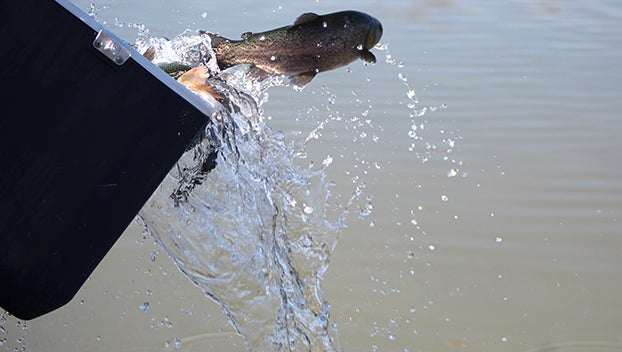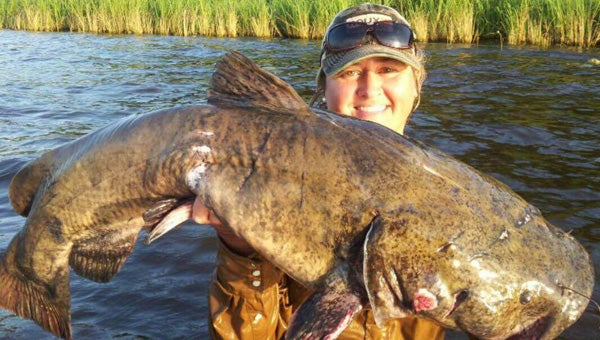Wirwa said bald eagles are plentiful at St. Catherine refuge
Published 12:01 am Sunday, December 29, 2013

An immature bald eagle watches ducks swimming below in the St. Catherine Creek National Wildlife Refuge. From October to February bald eagle migrate south to nest. Approximately 10 bald eagles and 3 nests are currently in the refuge. (Brittney Lohmiller /The Natchez Democrat)
Sibley — Most people tend to think that it is uncommon to see a bald eagle, especially in Natchez.
But St. Catherine Creek Wildlife National Refuge biologist Nick Wirwa said the eagles are a sight to see as they sit in Cyprus trees over looking the swamp at the refuge.
“I’ve seen 10 at one time, mixed with juveniles and adults,” Wirwa said. “They seem to come around the swamp area, because they like being in the Cyprus trees so they can see the impoundments (man-made ponds) looking for an easy meals.”
Wirwa said the most fascinating part about seeing several eagles at the refuge is the fact that there were almost no eagles left in the world just a few years go.
“It was put on the endangered species list, and it had habitat laws particularly because of DDT chemicals that were used to get rid of mosquitoes,” Wirwa said. “It trickled down to the fish and the eagles were eating the fish and it made their eggshells thin, in which their young weren’t surviving.”
With the conservation measures and protections of the Golden and Bald Eagle Protection Act, the bald eagle is no longer on the endangered species list.
“In 2007, it was delisted, but it’s still protected under the golden and bald eagle protection act, which prohibits any disturbance of the eagle’s nest or taking of any chicks or feathers from eagles,” he said. “They came back from almost extinction, and it’s really a conservation success story.”
Now that eagles have multiplied in numbers, the birds are expected to be seen around the refuge until February.
“They’ll be here until February, and January is a good peak time to see the eagles,” Wirwa said. ‘They’ll come back to the nest year after year if they feel safe. We’ll get to see the nest grow every year. I’ve seen two nest, one which is active.”
Wirwa said the birds are active around the swamp because of the different resources the area provides.
“We have a lot of water resources here where they can find food and you have waterfowl management as weel,” he said. “The eagles come and it’s a big resource for the eagles.”
Wirwa said he encourages any one who is interested in seeing a bald eagle to come down to the refuge and take a look at nature at its best.
“Part of the swamp is blocked off, but people can still drive to part of it and they can see the eagles in the swamps,” he said. “It’s an easy drive up to it, and you can get some pretty close pictures of it.”




